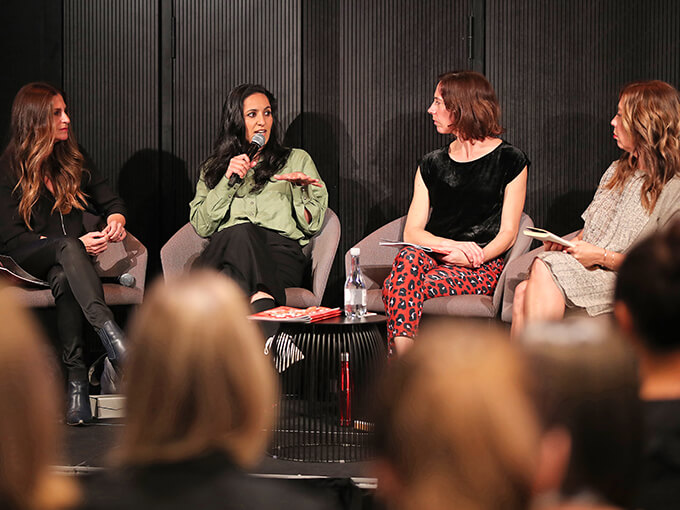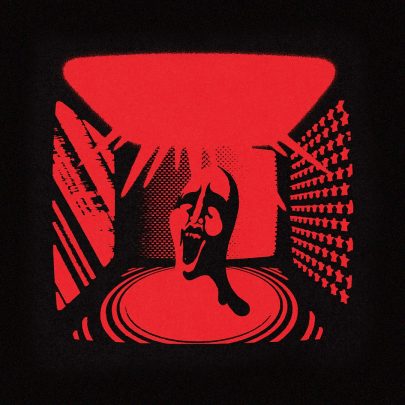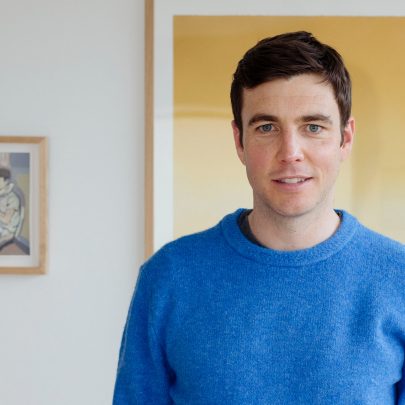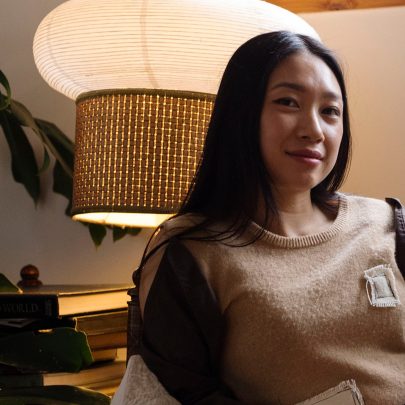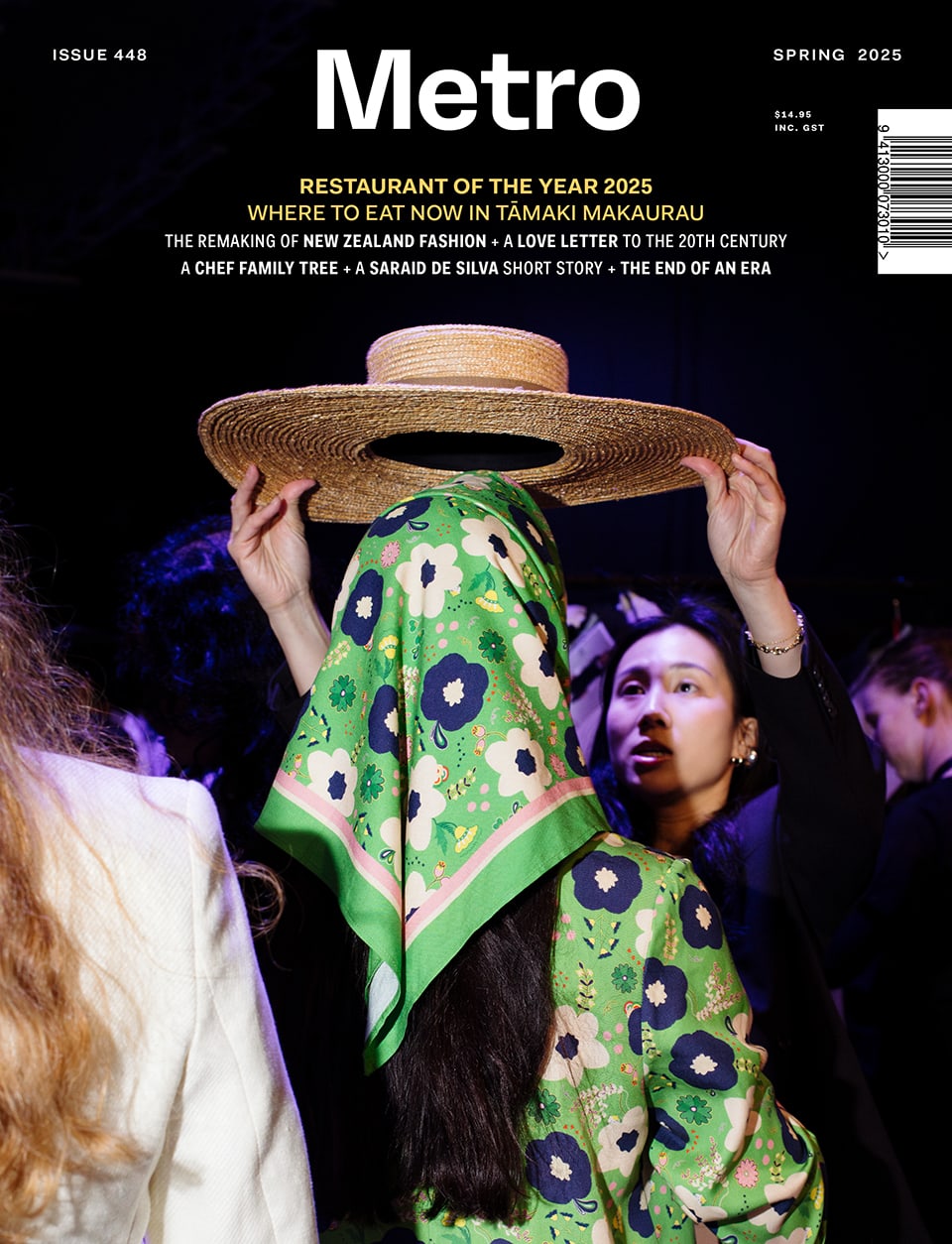Nov 15, 2019 Film & TV
After attending a Disney-sponsored film/television diversity and inclusion summit, The Power of Inclusion, Jean Teng speaks to New Zealand film-makers and funding bodies to assess how well we’re doing with “diversity and inclusion” in Aotearoa. More specifically: are we failing to support emerging filmmakers from minority communities, and can this summit act as a catalyst for change?
The Power of Inclusion summit took place over two days at the Aotea Centre on 3-4 October. It was hosted by the New Zealand Film Commission (NZFC) and Women and Film in Television International, and supported by the Walt Disney Company and a range of other, smaller players. There were high-profile international guests, including keynote speakers Geena Davis and Yara Shahidi, and many local film-makers and producers.
The summit’s stated intention was to “posit future action to create a more inclusive industry and world”. Annabelle Sheehan, the Film Commission’s chief executive, later told me that care was taken to ensure the programme didn’t become an echo chamber. The presence of producers and decision-makers in high positions meant the summit would be “a place where you could have gatekeepers think about what they do”.
And it was. Heperi Mita (director of Merata: How Mum Decolonised the Screen) called out New Zealand’s film industry for its racism, both historical and contemporary, towards Maori; Jaycee Tanuvasa, theatre-maker and FAFSWAG collaborator, pleaded for producers to go beyond tokenism and box-checking when hiring trans people; Julie Zhu asserted that “diversity” and “inclusion” should be reframed as decolonisation, “as a means to acknowledge the power structures that are in play in our society. It’s not just [about] inclusion, but those with the power actively giving that power up.”
But there was also a panel with Niki Caro, director of Whale Rider and the upcoming live-action Disney film Mulan, who sidestepped an audience question about being a Pakeha director on a Chinese story by implying Disney wasn’t able to find a Chinese director who had the cultural intelligence to embody an inherently “Disney” story. And there was Geena Davis, who talked about software developed by the Geena Davis Institute on Gender in Media that could pinpoint neutral characters in a script with the intention of changing them to a woman or someone from another “minority group”. “White feminism,” several attendees scoffed to me afterwards.
As the day went on, it became obvious how different the fight for “diversity” could look. Too many of the sessions, in an attempt to be broad and global, failed to correctly explore the nuances of each issue, especially as it applied in New Zealand.There was no specific korero for tangata whenua. Instead of being given sessions of their own, LGBTQI+ and people with disabilities were “covered” by one panel of seven mostly local creators called “Being the Change”, in which people from marginalised communities spoke for six minutes each about their own activism and creative practices. One of the speakers on the panel, Zhu (a local film-maker and activist) later described this tension, saying that “the summit tried to be both a conference for wealthy CEOs and a grassroots movement focused on how we can help and lift each other up”.
Sitting there in my cushioned auditorium seat, I became obsessed with that word “gatekeeper” that Sheehan had brought up in our interview. Nearly every speaker used it, no matter what aspect of diversity they were talking about — sexism, racism, ableism. And there was a recurring theme: the lack of support for emerging practitioners from big-name “gatekeepers” such as the NZFC, NZ On Air (which, curiously, wasn’t asked to present at the summit), big production companies and broadcasters. That’s where I found, and felt, the most frustration and passion.
Attending the summit made me remember why I studied film and television in the first place. I walked out those doors with a real “screw you” attitude and desire to dive head first into creating stories for my community. The air felt charged with the anger of those who have fought and fought hard, and I cried through many of the speeches. It was easy to cry because it was personal. It is survival. Pretty words like “diversity” and “inclusion” aside, storytelling which is grounded in a specific cultural setting carries immense power. Tales of bumping up against discrimination and the challenges speakers faced churned up the room, and, as evidenced by the subsequent discussions online, churned up the industry, too.
And there was a recurring theme: the lack of support for emerging practitioners from big-name “gatekeepers” such as the NZFC, NZ On Air (which, curiously, wasn’t asked to present at the summit), big production companies and broadcasters. That’s where I found, and felt, the most frustration and passion.
The barriers to accessibility in the film and television industries vary and are sometimes reflective of our wider society, not the industry itself. Those in the industry interviewed for this story discussed racism, problems with funding applications and access, talent development, industry networking, tokenism, diversity of the decision-makers, and, yes, gatekeeping. Underlying all these competing issues is the issue of the pool of funding, limited by the government’s budget, subsequently allocated by funding bodies.
The risk-averse nature of the industry and the lack of mentorship and development are troubling to almost everyone I spoke to, largely because many practitioners from under-represented communities are, by their very nature, emerging. Zhu, who is Chinese, told me that, historically, Chinese film-makers haven’t been given the opportunities. “And I think that’s where the funding needs to go — on development and capacity-building, on taking risks on newer and younger people.”
The Pan-Asian Screen Collective (PASC) aims to take up that mantle — at least, partially — by engaging in networking, training and advocacy. NZ On Air’s Diversity Report 2019 reveals there is a severe under-representation of Asians across the industry; only 4% of directors on NZ On Air-funded projects are Asian, though Asians make up 11.8% of the population. Roseanne Liang, the only Asian-New Zealand female director of a feature film, who helmed My Wedding and Other Secrets and web series Flat3 and Friday Night Bites, is one of the founders of PASC. She told me PASC leaders are currently overwhelmed by their workload. “There are only four of us in the exec team, and we’re all working full-time jobs. There is a huge issue that people want solutions to now, but our resources are limited.”
The risk-averse nature of the industry and the lack of mentorship and development are troubling to almost everyone I spoke to, largely because many practitioners from under-represented communities are, by their very nature, emerging.
One young Maori film-maker — who spoke on the condition of anonymity for fear of professional backlash — suggested a completely separate commission that is dedicated to development, to upskilling and working with emerging artists on the work they want to create. Meanwhile, Hanelle Harris, creator of TVNZ’s hit Baby Mama’s Club and its upcoming spinoff, Sis, sees a gap in the mentorship space between Maori film-makers/producers and those emerging. Film-makers such as Don Selwyn, Merata Mita and Barry Barclay, all of whom have passed on, searched for and championed young Maori creators, she told me. Now, there are a few Maori producers, but they’re all stretched so thin, suffering from a lack of resources and mainstream funding to provide those opportunities. She suggested that when a Pakeha producer is working on a Maori or Pasifika project, a Maori or Pasifika producer internship should be offered, to give back to the communities they’re profiting from.
NZ On Air’s mandate is to make sure all New Zealanders can access the content it funds, which rules out the pay-TV Netflix model. But the result is that linear broadcasters become the gatekeepers and tastemakers, Liang said, and their business requires content reaching the broadest audience to attract advertising money for ad breaks, which in turn can militate against authentic and diverse storytelling.
Creators who want to promote diversity, then, fight to pick up any scraps of funding they can get, while the lion’s share goes to the same subset of age/race/class — usually the same big production companies. This, in turn, impacts on quality (how could it not?), and if the “diverse content” fails or is poorly made, it contributes to a phenomenon described by Jane Wrightson, CEO of NZ On Air, as a “one step forward, three steps back business”.
Liang’s Flat3 Production team joined forces with Kevin & Co (of Funny Girls) this year to secure funding for prime-time comedy series Creamerie, but she worries that this is an anomaly — and that if they don’t win big with their series, they will be held up as an example of how diverse stories “aren’t commercial”. So how are these practitioners expected to feel when they are carrying the hopes of their respective communities on their shoulders?
Some of this could be achieved by simple practical changes: for example, NZ On Air currently requires diversity reports of crew to be generated from top to bottom, predominantly for statistical purposes. That could be part of the pre-production drawdown, Harris suggested. Why not include this as part of the process and provide feedback; if most of the writers on a non-white story are Pakeha, should they ask why?
For her, the accountability of those telling Maori and Pasifika stories is deeply important: funding bodies should interrogate Maori and Pasifika projects in the pre-production stage, especially with relationships between established Pakeha production companies and emerging creators. And along with crew make-up, there are also underlying issues around intellectual property rights and cultural safety.
Creators who want to promote diversity, then, fight to pick up any scraps of funding they can get, while the lion’s share goes to the same subset of age/race/class — usually the same big production companies.
Through the funding process for both NZ On Air and NZFC, most applications require a practitioner to find an experienced producer for their project, which can force them to work with producers they may not feel comfortable with. Wrightson, of NZ On Air, says having emerging film-makers attach themselves to experienced key players is essentially a risk-mitigation strategy. “The real question is: Who can you work with who is compatible with what you want to do and has the technical, professional skills that will protect the public angle of it, and, secondly, teach you skills you don’t yet have? I don’t think that’s hard to understand, really.”
The issue of producers was raised again and again in relation to the telling of Maori stories. In his speech at the summit, Heperi Mita said, “I get very concerned when I hear about big-budget production companies coming in and adapting traditional Maori stories or stories about Maori families. Although the intention may be good, and advice may be given, advice doesn’t necessarily need to be received. And at the end of the day, it is those that hold the purse strings that have the final authority, and it is exceedingly rare that those people are Maori.”
Earlier this year, NZ On Air announced drama funding under its Rautaki Maori. One of the funded projects is being produced by South Pacific Pictures, a mostly white production company, which is behind some of the biggest productions in the industry. The director is Maori. “Why are they getting money from the Rautaki?” one Maori film-maker I spoke to asked. “They already take all the money from the mainstream fund as well. They leach onto diverse storytellers, diverse projects, and diverse funding to sustain themselves.” Talking about the same initiative, Mita pointed out that not a single dollar went into the bank accounts of a Maori production company.
Under the Rautaki Maori, projects require two out of three key creatives (director, writer and producer) to be Maori. Should it be three out of three? Or does that ignore the agency of Maori practitioners to choose who they want to work with, even if they’re Pakeha producers? Wrightson said the Rautaki was reviewed about five years ago and “a number of Maori directors and writers were saying, ‘Don’t make it three out of three; we don’t necessarily want to work with a Maori producer.’ So two out of three seemed fine by me.”
“Why are they getting money from the Rautaki?” one Maori film-maker I spoke to asked. “They already take all the money from the mainstream fund as well. They leach onto diverse storytellers, diverse projects, and diverse funding to sustain themselves.”
If the issue is protecting the authenticity of the content, Wrightson told me she’s committed to unpicking that further, and in her view, the agitation around it has now increased the need for quicker action. In turn, when I asked Sheehan of the NZFC about their Rautaki Maori, she told me the recently appointed Pou Whakahaere, Karen Te O Kahurangi Waaka-Tibble, had just finished the first draft of protocols intended to address the question of Maori sovereignty of stories. The commission’s policy will be ready to share and get consultation on in the near future.
Later, Kothari was commissioned by NZ On Air to conduct an independent review for the Asian thread on the initiative. One of the main findings was simply that the majority of Asian practitioners were emerging and needed more support. Sheehan of the NZFC calls this “the chicken-and egg” situation, which led NZFC to roll out a diversity survey last year (full results yet to be released), which examines practitioners’ perspective on barriers and how to knock those obstacles down. “We want to use data as well as the feedback from the conference to improve policies, develop new policies, and create new programmes.” And, I’m told, the Asian and Pasifika New Storytellers initiative will not be reinstated as a yearly affair, so there’s still a question of sustained change.
Sheehan said the two key drivers of change in the screen industry right now are streaming and “the hunger for diversity”. She has articulated what we already know but now it’s time to get to work. There is no real answer, really; or rather, there may be many. Both NZ On Air and NZFC insisted they’re open and working hard to address these issues, and I got the feeling from our conversations that both Sheehan and Wrightson are genuine. Sheehan said NZFC is committed to reviewing that recent diversity survey and looking at more targeted talent grants or development funding, to really question its eligibility requirements. NZ On Air’s Wrightson said plainly, “We’re not in the red carpet business. We’re in the diversity and New Zealand business. My mind is very firmly open.” Let’s hope that’s true.
Some of the practitioners I spoke to argued for radical change — one suggested to me a reframing of change from under-representation of certain groups to over-representation of others, proposing a reverse quota, which would provide only 10% of funding to straight, white cis-bodied men. (NZ On Air and NZFC, feel free to steal that one.) Others were more pragmatic. But across the board, they agreed on one thing: the momentum needs to keep building.
Harris is planning to gather a committee to form a diversity policy after a national hui, to be presented to the boards of funding bodies. But, she told me, it needs to be done once, and it needs to be done right. The exact date is unconfirmed, but I’m convinced it’s happening. Something’s gotta give.
This piece originally appeared in the November-December 2019 issue of Metro magazine, with the headline “Something’s gotta give”.

